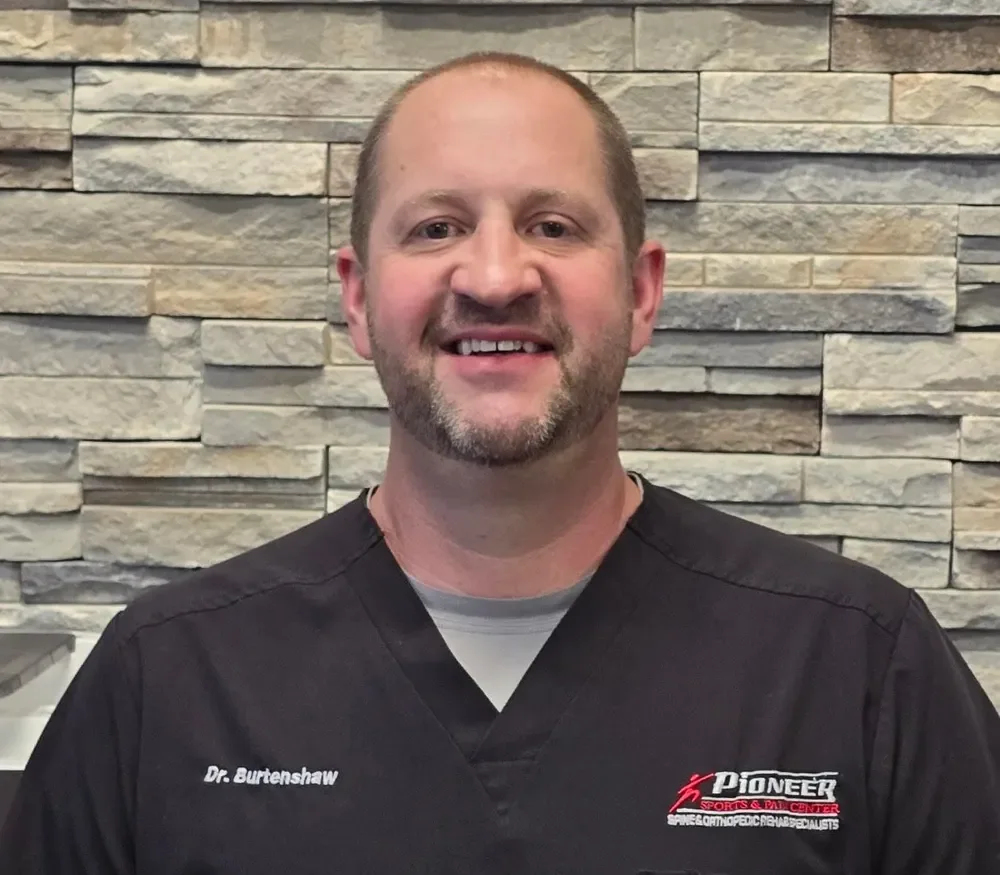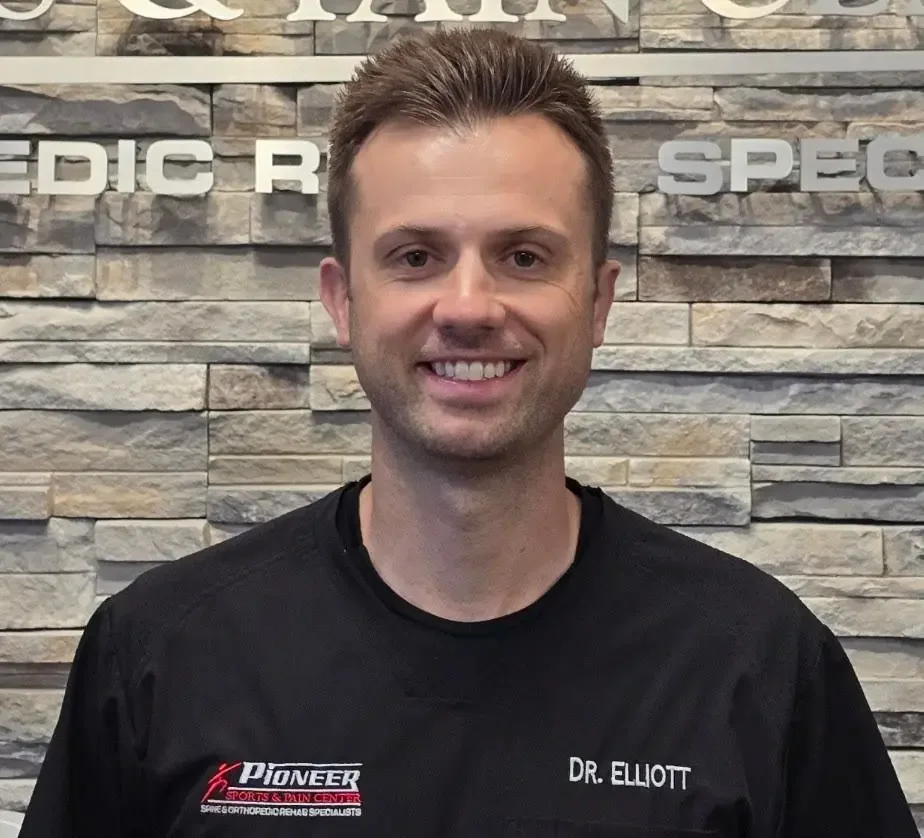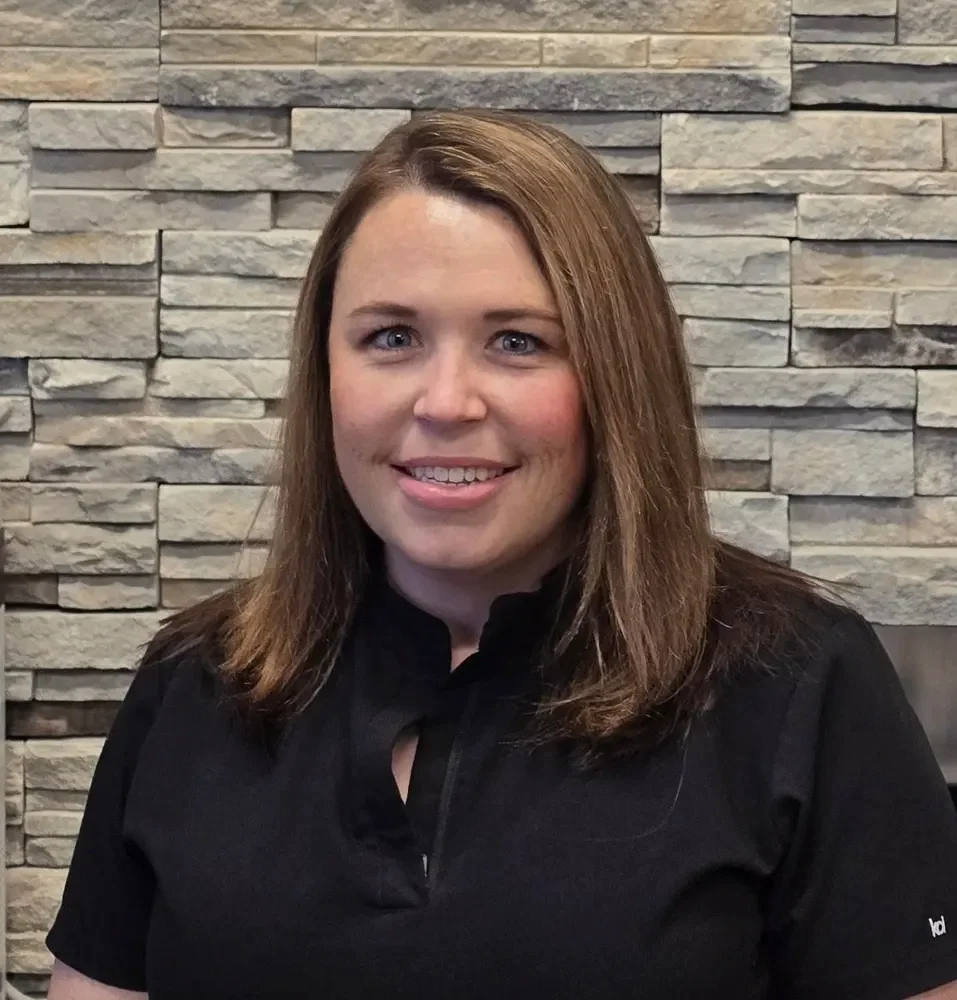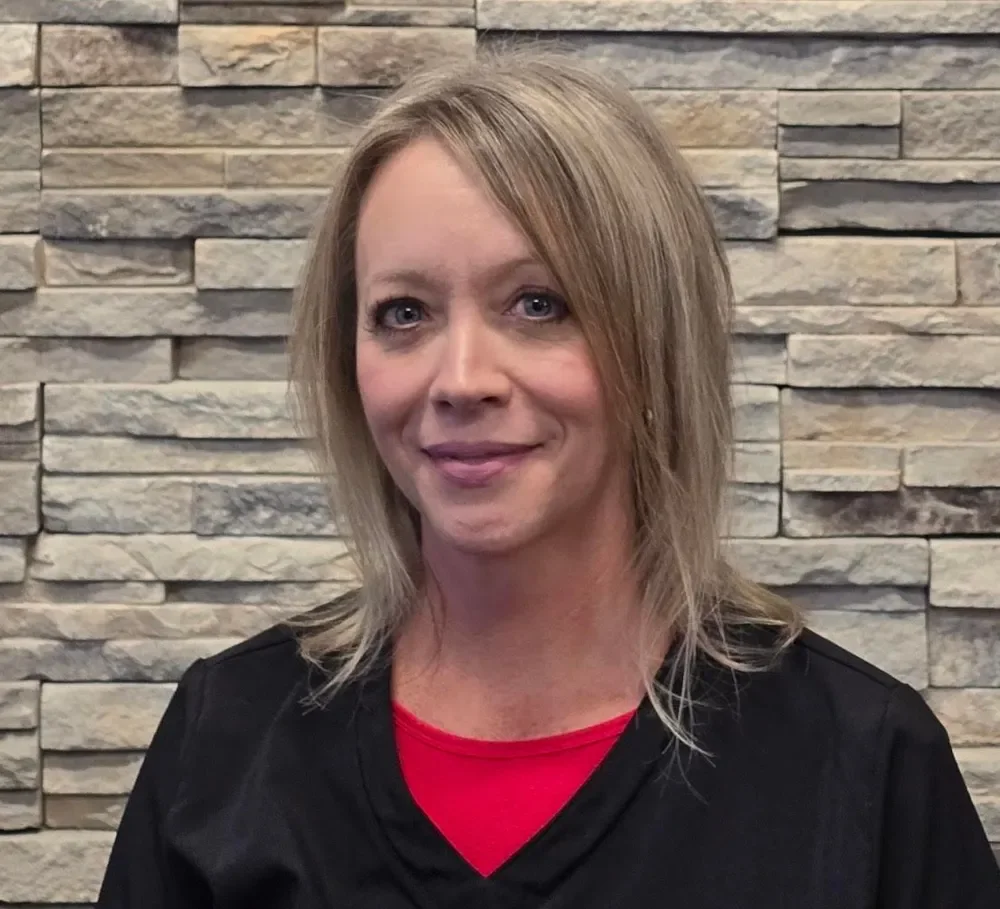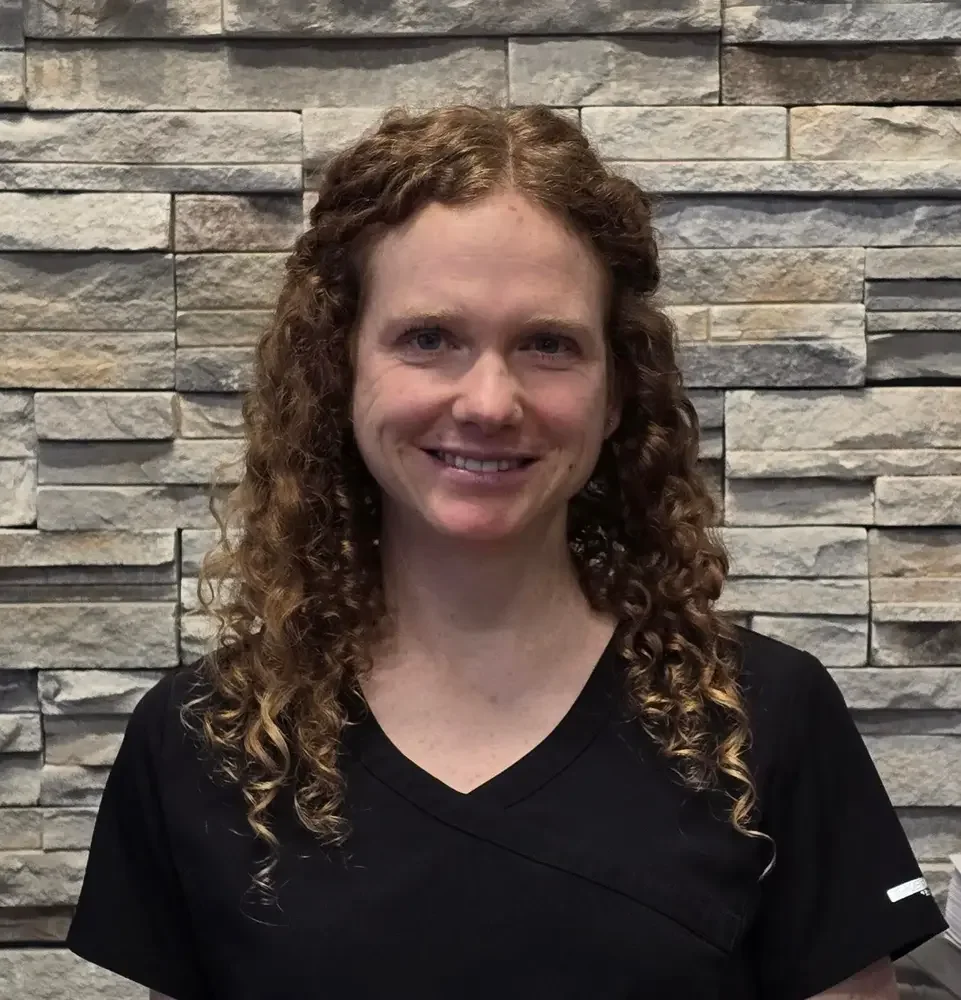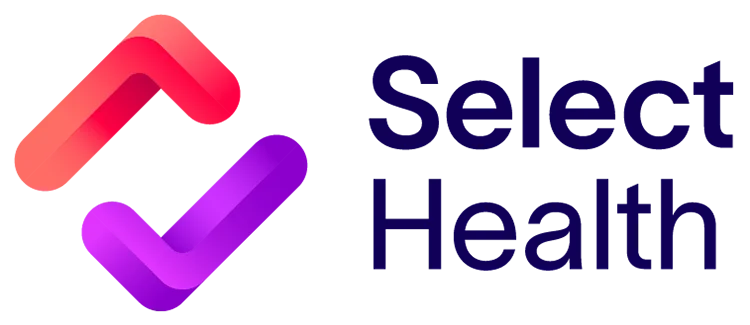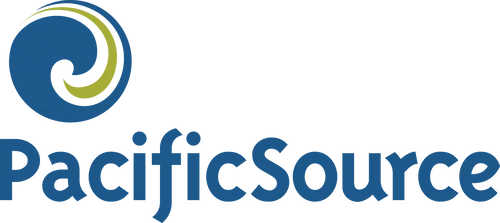Active Isolated Stretching (AIS) in Kuna, ID
Clinically Guided Mobility Enhancement for Pain-Free Movement
At Pioneer Sports & Pain Center in Kuna, Idaho, we offer Active Isolated Stretching (AIS) as part of our comprehensive soft tissue and mobility programs. AIS is a highly specialized and scientifically validated stretching method used to improve flexibility, joint range of motion, neuromuscular coordination, and circulation.
Unlike traditional static stretching, AIS uses brief, isolated movements combined with active muscle engagement and controlled breathing to lengthen muscles without triggering the protective stretch reflex. This makes it especially effective for patients with stiffness, restricted movement, chronic pain, or athletic performance needs.
Our team uses AIS for both therapeutic and performance-driven goals—helping patients unlock better mobility, reduce injury risk, and restore full functional movement.
What Is Active Isolated Stretching (AIS)?
Active Isolated Stretching was developed by Aaron Mattes, a kinesiotherapist and rehabilitation expert, to provide a more precise and dynamic way to improve tissue extensibility and neuromuscular control. AIS involves:
- Isolating specific muscles or muscle groups
- Using active contraction of the opposing muscle to facilitate a stretch (reciprocal inhibition)
- Holding the stretch for no more than two seconds to avoid triggering the myotatic (stretch) reflex
- Repeating the stretch in multiple repetitions, gradually increasing range over time
AIS focuses on safely re-training muscles and connective tissue to lengthen while improving joint stability and motor patterning. It’s ideal for anyone needing improved flexibility without compromising strength or control.
Clinical Benefits of AIS
- Improves muscle elasticity and joint range of motion
- Enhances circulation and lymphatic drainage
- Restores fascial mobility and glide
- Reeducates proper movement patterns
- Reduces neural tension and entrapment symptoms
- Complements manual therapy, chiropractic care, and rehab
- Reduces risk of soft tissue injuries during sport or activity
How AIS Differs From Static or Passive Stretching
| AIS | Traditional Stretching |
| Active muscle contraction during stretch | Passive force or hold |
| 1–2 second holds | 30+ second holds |
| Repeated for 8–10 reps per muscle | Single prolonged hold |
| Prevents muscle guarding reflex | May activate protective mechanisms |
| Improves neuromuscular coordination | Primarily elongates tissues |
| Safer for post-injury or surgical rehab | May stress unstable tissues |
Who Can Benefit from Active Isolated Stretching?
AIS is suitable for a wide range of patients, including:
Rehabilitation Patients
- Post-surgical stiffness (e.g., shoulder, hip, or knee surgery)
- Chronic muscular tightness or spasm
- Neuromuscular conditions involving tone or imbalance
- Adhesions or scar tissue limiting motion
Athletes and Active Individuals
- Pre- and post-training mobility enhancement
- Increased stride length and functional power
- Injury prevention through balanced flexibility
- Recovery from intense physical exertion
Seniors and Desk Workers
- Age-related loss of flexibility
- Postural stiffness and joint restriction
- Safe mobility training for balance and fall prevention
Chronic Pain Patients
- Fibromyalgia and myofascial pain syndrome
- Radiculopathy with neural tension
- Cervicogenic headaches
- Low back pain with hip/lumbar tightness
Areas Commonly Treated with AIS
- Hamstrings and hip flexors
- Quadriceps and glutes
- Adductors and groin muscles
- Calves and Achilles
- Lumbar and thoracic paraspinals
- Pectorals and lats
- Trapezius and cervical extensors
- Forearms and wrists
What to Expect During an AIS Session
Initial Assessment
We evaluate your flexibility, joint range of motion, posture, and soft tissue restrictions. This guides the areas we target with AIS.
Stretching Session
You will lie comfortably on a treatment table or mat. Our provider will assist you in isolating specific muscles, guiding you through 1–2 second active stretches, repeated 8–10 times. You’ll contract opposing muscles to help facilitate the stretch naturally and safely.
Each stretch is gentle, controlled, and adapted to your condition and tolerance level.
Integrated Mobility Programming
AIS is often combined with:
- Chiropractic adjustments
- Myofascial release
- Cupping or dry needling
- Functional movement training
- Corrective exercise and rehab
This synergy helps solidify gains in flexibility while improving strength, alignment, and coordination.
Why Choose Pioneer Sports & Pain Center for AIS in Kuna?
- Certified and Experienced Providers: Our team is trained in AIS and other advanced mobility techniques to deliver safe, effective results.
- Integrated Care: We don’t just stretch—we assess movement dysfunctions and correct them using a combination of chiropractic, rehab, and soft tissue therapy.
- Tailored Mobility Plans: Every AIS program is designed around your body, goals, and activity level.
- Local, Trusted Experts: We proudly serve Kuna, Nampa, Meridian, and Treasure Valley communities with personalized, results-focused care.
Frequently Asked Questions (FAQ)
Is AIS painful?
No. AIS is very gentle and specifically designed to avoid the discomfort and rebound tension associated with longer, static stretches. It is well-tolerated by patients of all ages and mobility levels.
Can I use AIS after surgery?
Yes. AIS is frequently used after orthopedic surgery (e.g., rotator cuff repair, ACL reconstruction, joint replacement) to safely restore mobility without overstressing
healing tissues. We coordinate with your surgeon or physical therapist when needed.
How is AIS different from yoga or static stretching?
AIS is an active, clinician-guided stretching system focused on short, repeatable movements targeting specific muscle groups. It is more precise and neuromuscularly focused than traditional passive methods or yoga-based holds.
Do I need to be flexible to start AIS?
Not at all. AIS is often most effective for people who are inflexible or experiencing significant restrictions. It is progressive and builds flexibility over time.
How long does a session last?
AIS sessions are typically 30–45 minutes and may focus on a specific region (e.g., hips and legs, shoulders and spine) or full-body mobility depending on your needs.
Can I do AIS at home?
Yes—with proper instruction. Many of our patients are given tailored home mobility routines that include AIS stretches as part of their self-care and recovery plan.
Is AIS covered by insurance?
AIS may be included in your overall treatment plan under chiropractic or rehabilitative care. We’ll verify your benefits and walk you through all billing options.
Improve Your Flexibility and Function with AIS in Kuna, ID
If you’re struggling with restricted motion, muscle tightness, or reduced performance, Active Isolated Stretching can help unlock your full potential—safely and efficiently. Call Pioneer Sports & Pain Center today or schedule your AIS session online to start moving better with purpose.

